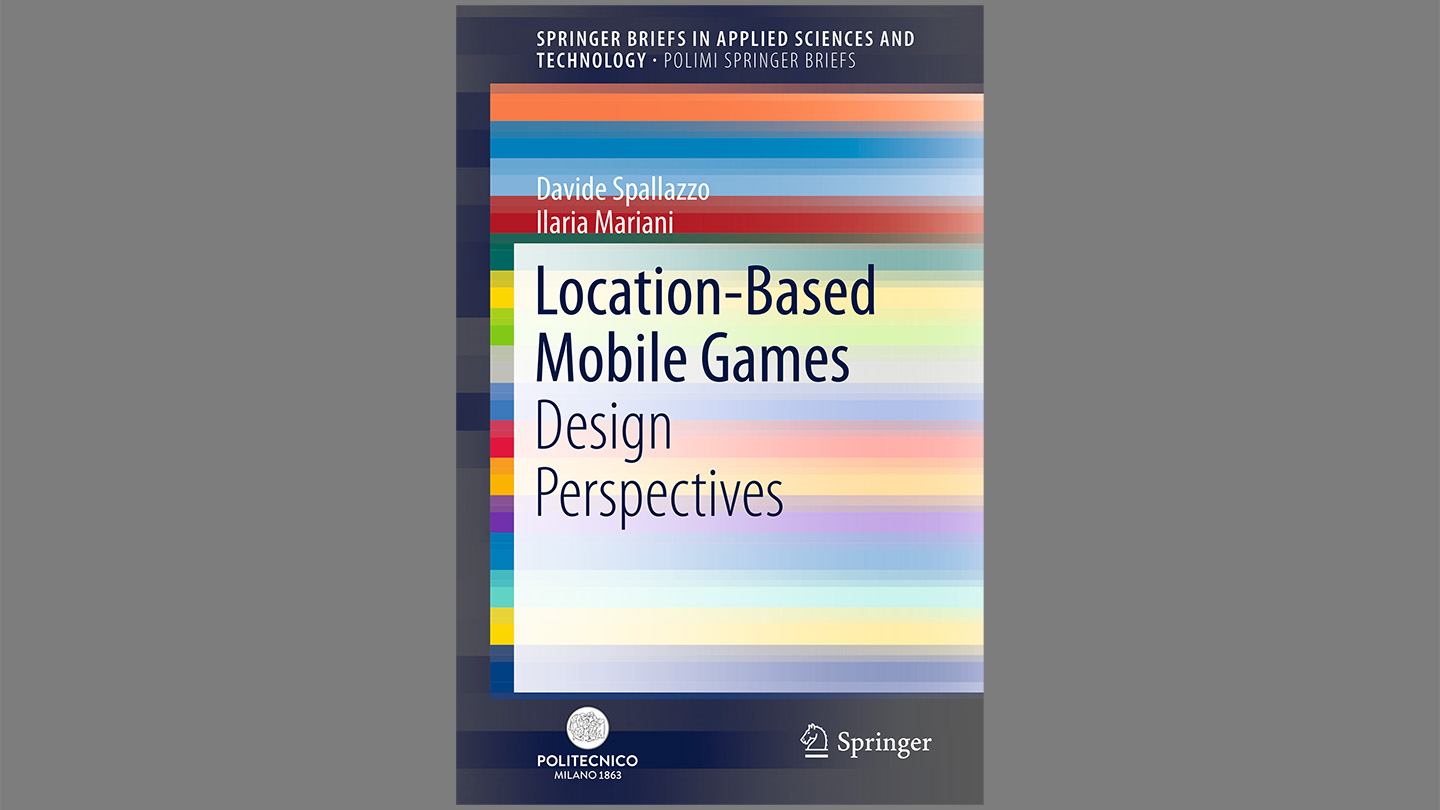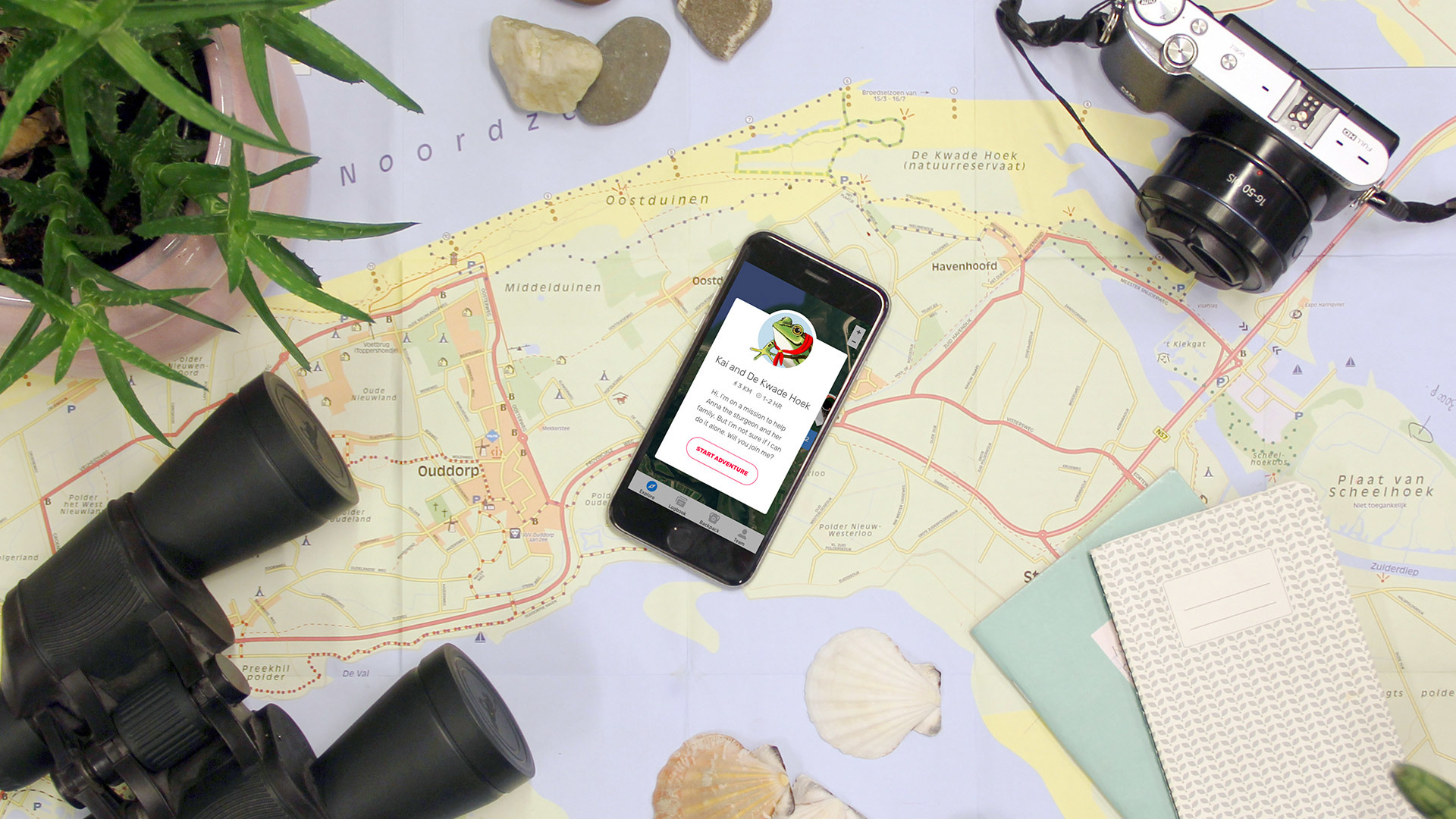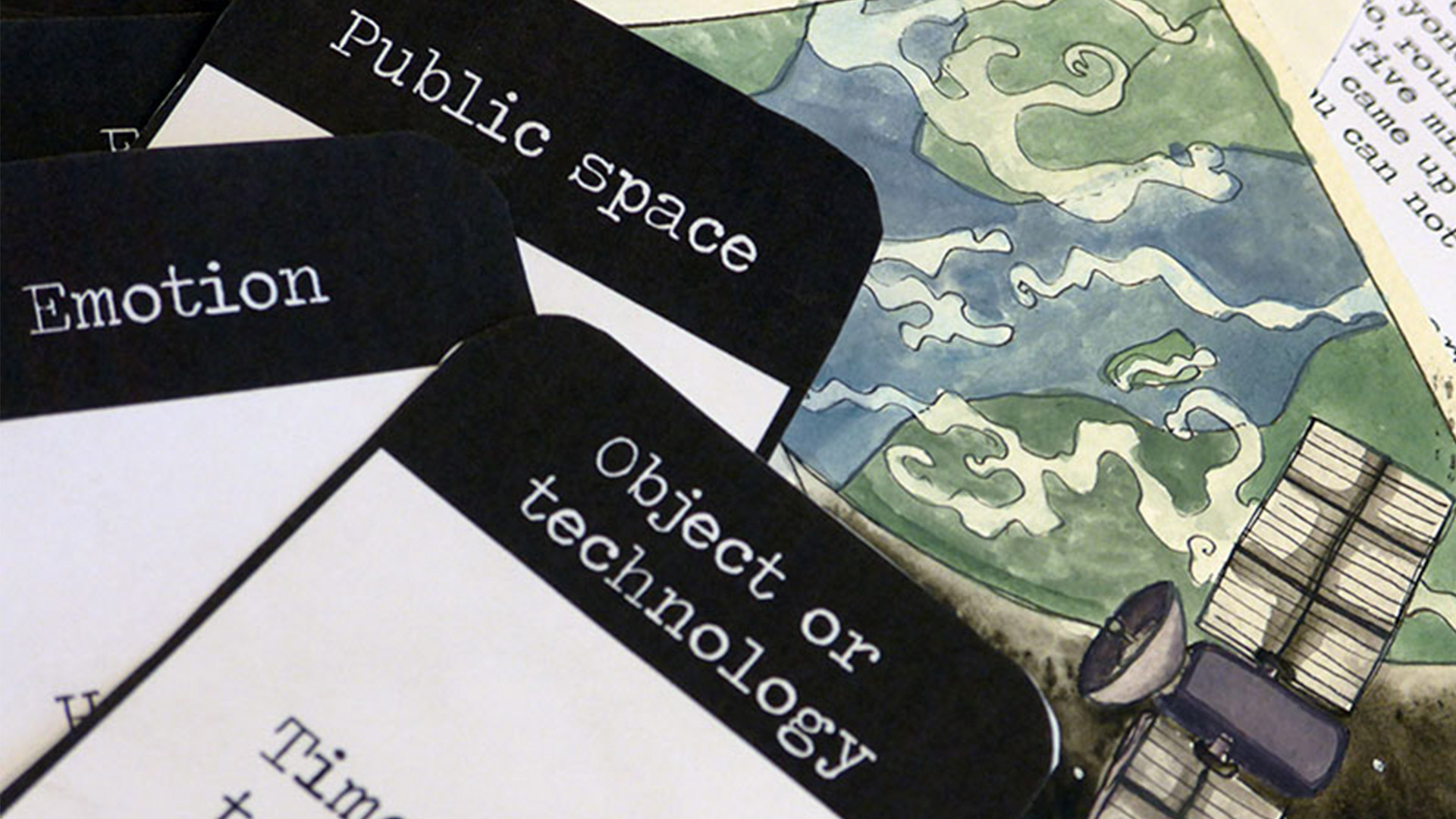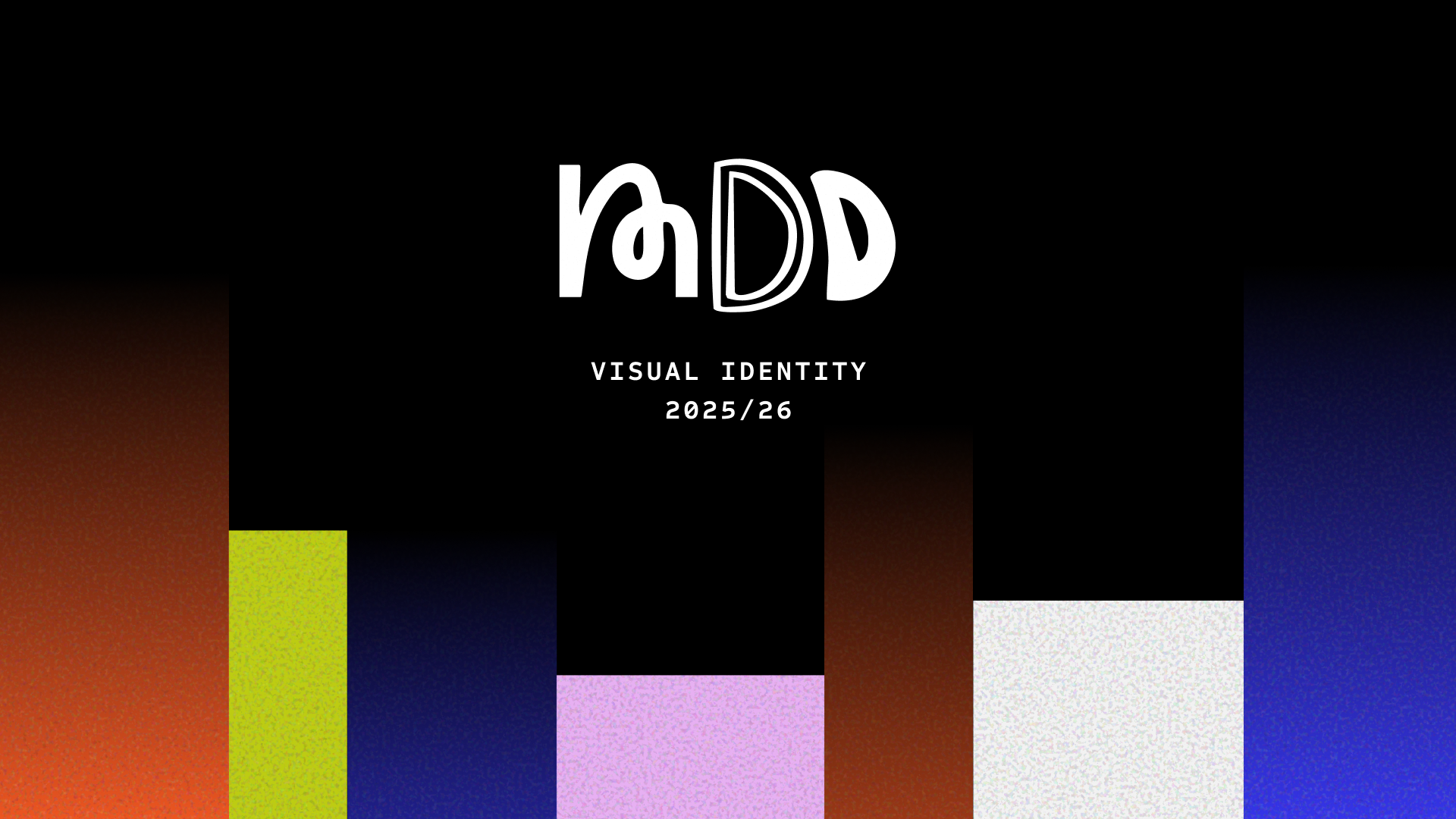About location-based games

Not all digital games are played on a screen. Some others are linked to specific places - streets, squares, parks, buildings… - and prompt players to interact with their surroundings with a different attitude.
This genre of games is often called “location-based mobile games”. The M.Sc. program in Digital Design cooperates closely with a research group called Play & Civic Media, and location-based games are very interesting for both. For instance, last month we hosted Ilaria Mariani, a researcher from Politecnico di Milano (Italy), who is the co-author of a recent book on this topic and who gave our students a workshop on designing and studying location-specific experiences.

Pokémon Go and Ingress are by large the most famous of this type of games. But there are many more out there, and our students are even designing some: in this post, I will present some of them.
Zombies, Run!
Zombies, Run! is a game designed to motivate players to go jogging and be physically active, and does so with a clever mechanic that uses a smartphone’s GPS sensor and a spoken narrative that is somewhat similar to old radio-dramas. It tells the story of a community of survivors after a zombie apocalypse, and casts the player in the role of a “runner” in charge of fetching supplies and saving other civilians. The game proceeds only if players are actually jogging, thus motivating them to get out and start exercising.

Trailer for the location based game Run, Zombies run
Delta Rangers
The World Wildlife Fund (WWF), a key partner of the M.Sc. in Digital Design for 2017/18, tasked two teams of students to develop a location-based game to motivate families to visit natural areas in the Netherlands. A first team ideated Delta Rangers, a game specific to the Haringvliet area, about accompanying a frog to deliver a message from the freshwater to the seawater area of the delta. In the second semester, a second team has been tasked with iterating and prototyping on this concept, making it even more playful and appealing to families.

Size and Shape of the Playing Field
Some designers and activists are experimenting with location-based games as ways to involve citizens in mapping their own city, and Size and Shape of the Playing Field is a good example of this. As researcher Viktor Bedö writes: “What does the position and time-table of a bus stop tell us about how crowded that street feels? What does data about the position of each single tree in the city tell us about how far I can see when walking down the street of that city?” This game activates players, tasking them to map the features of a neighborhood.

Submerged
Location-based games can also be tools to use for research. Submerged is an experiment that Genevieve Korte - now a student at the M.Sc. Digital Design - made in 2016 in cooperation with researchers from Play & Civic Media. It tells a sci-fi story about traveling back in time from a future Amsterdam lying at the bottom of the sea, and asks players to visit and describe specific places in the real-world Amsterdam. By doing so, it enables researchers to gather interview-like data in a more playful and natural way.


